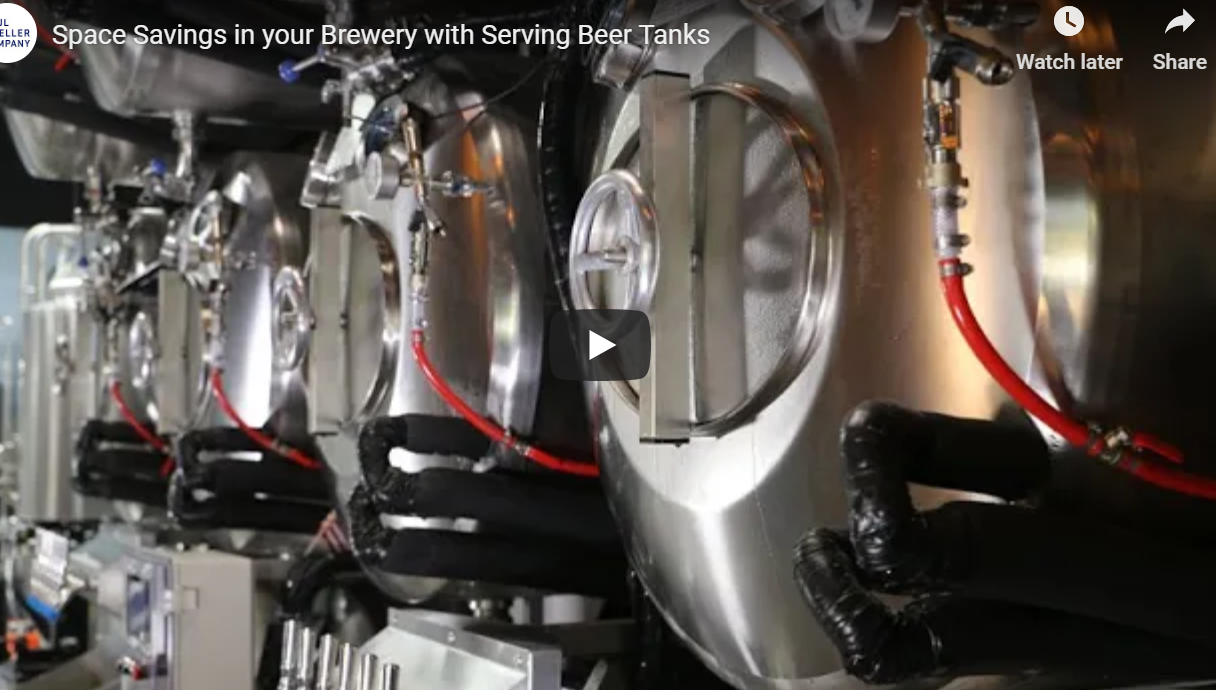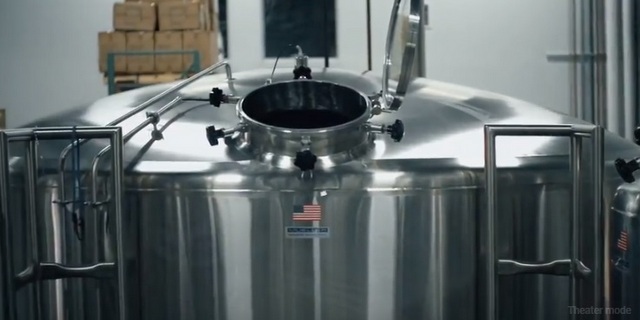Thermal treatments are a necessity when producing many beverages, including beer. The heat exchangers often used for this in breweries are usually plate heat exchangers, which as you might guess, consist of a series of plates. As a hot liquid flows along one side of the plate, a cold liquid flows along the other side of the plate, producing a “heat exchange.” Plate-type heat exchangers can conquer many types of applications and treatments in a brewery.
Here’s a good example: Once the beer-to-be liquid has been made into wort, it needs to be cooled down as quickly as possible. In the brewhouse, hot wort can be run through a heat exchanger and cooled by water or refrigerant running along the reverse side of the plate in the opposite direction. For more detailed information, read our big story on heat exchangers right here.
Like any piece of equipment, heat exchangers will require maintenance and upkeep — specifically gaskets. Every manufacturer will have specific recommendations for replacing or repairing gaskets, but luckily … (via Paul Mueller’s Co.’s website)
Plate heat exchangers are also much easier to clean and maintain, because they’re designed to be relatively easy to disassemble and inspect. Also, if there is a defect in a plate, you can simply remove two plates and put the unit right back in service at slightly lower capacity while you wait for replacements. Shell and tube heat exchangers do not share this luxury.
While all plate heat exchangers have corrugated plates, they can differ by how they seal the plates together. In ascending order of leak resistance (and price), plate heat exchangers can be gasketed, brazed or welded. Gaskets, while more susceptible to failure under pressure, are inexpensive and easy to replace. They also offer the indispensable benefit of modularity — a gasketed plate heat exchanger can be completely disassembled, and plates can be added to increase capacity at any time. If a plate heat exchanger is brazed or welded, it’s very difficult and expensive to add plates after the fact. In general, gasketed plate heat exchangers are preferred in industrial settings where flexibility is paramount.
To help drive home this point, Paul Mueller Co. and friends just released three videos on gasket repairs for its heat exchangers. These three videos will walk beer pros through the steps of installing a glue-in gasket, installing a lock-in gasket and installing a clip-on gasket. Heat exchangers increase production, reduce energy consumption and emissions, allow for less operational water use and assist in wort recovery, so keep those exchangers running properly with working plates and gaskets. And if you’re looking for a heat exchanger, maybe call Paul Mueller. The company knows beer equipment.





Leave a Reply
You must be logged in to post a comment.